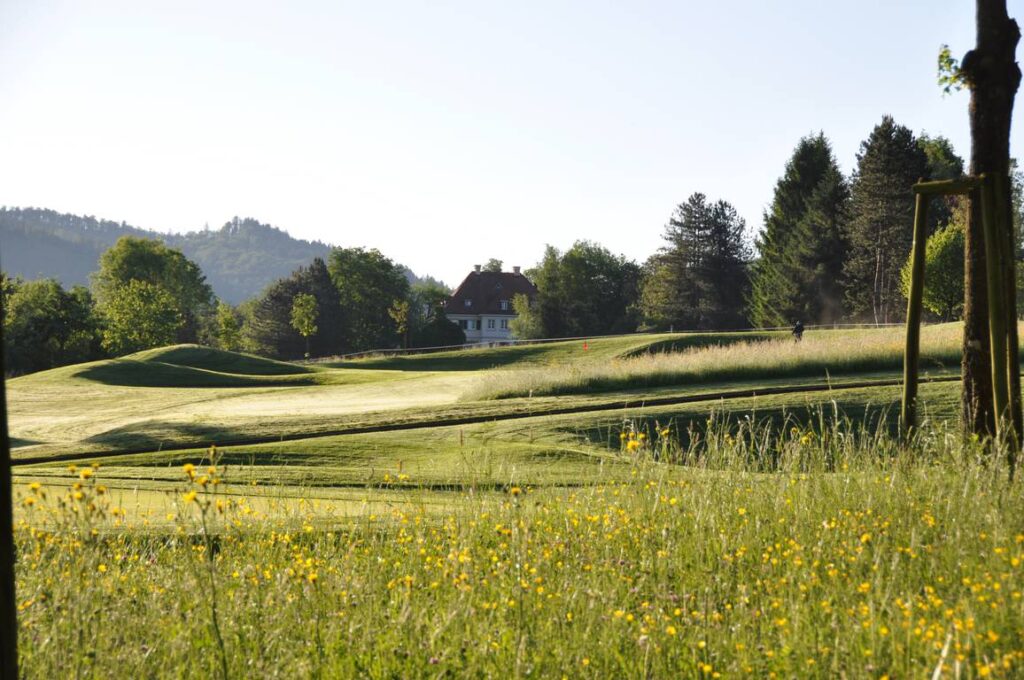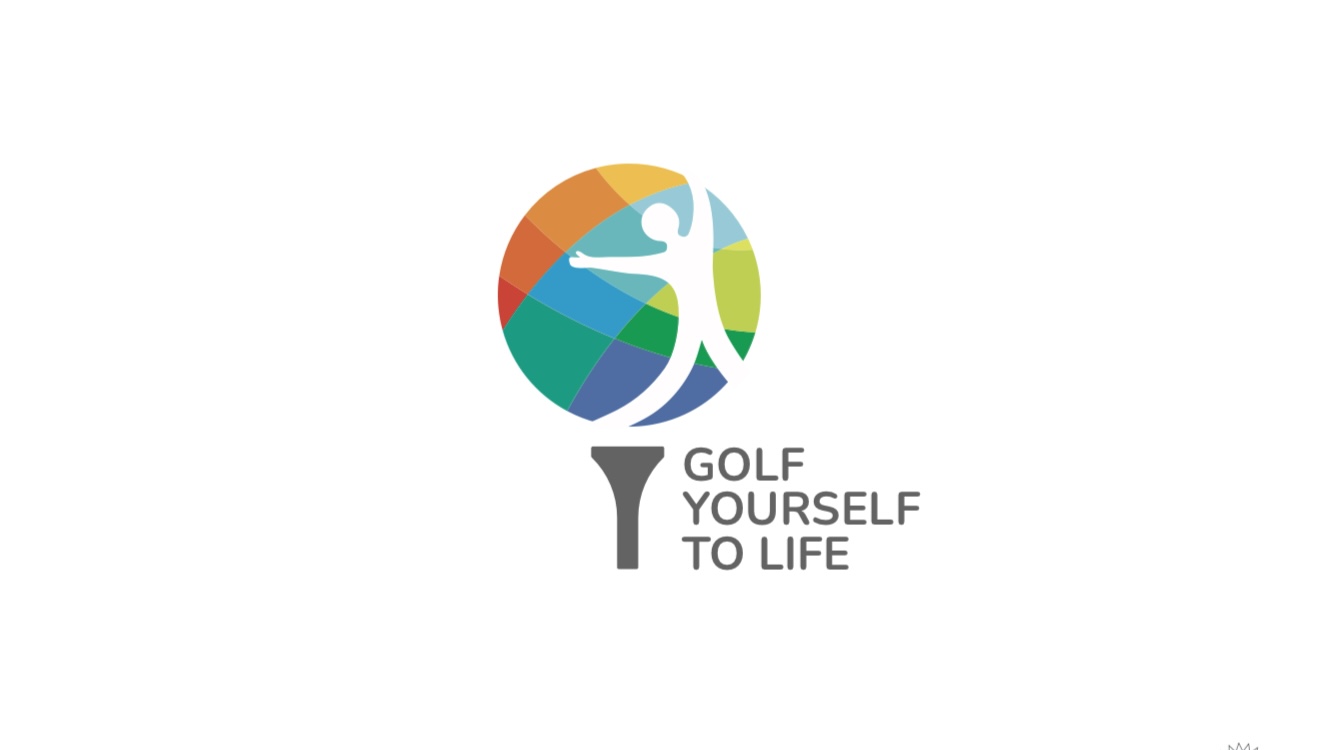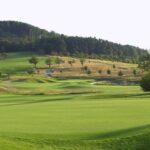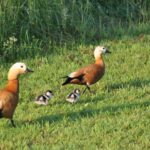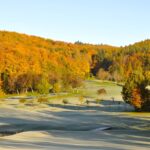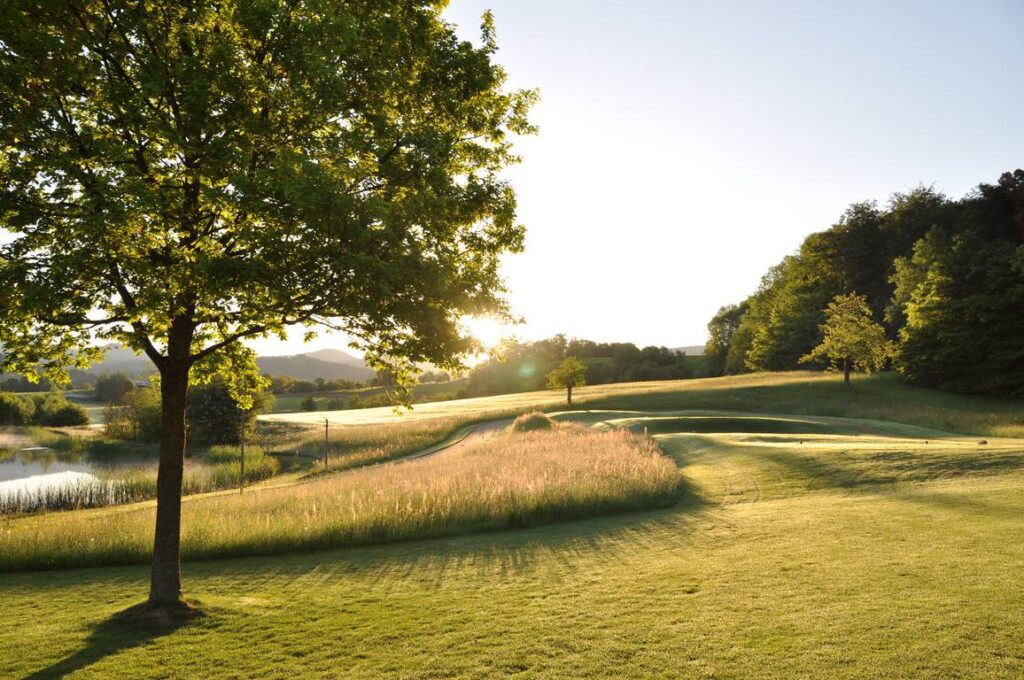🌿 Rough projects 🐝
In 1988, I qualified from Glasgow University with a BSc.(Hons) in Geography. A major focus of my studies was the rural environment and conservation. Somewhere in the back of my mind I knew I would return in some way to practice parts of what I'd learnt.
As my project "Golf Yourself to Life" took hold and as our magnificent planet reveals daily more signs of mans detrimental activities, I decided that the ultimate endeavour for my coaching work is to give back to nature through my industry, golf.
The aim is to start small with projects within the golfing environment e.g Bee hotels, tree-planting. And as the project gathers pace, expand into re-wilding areas of golf courses which are largely out of play and ultimately creating new 9 hole and practice facilities on former industrial sites.
Proceeds from the sales of my book, online coaching and golf retreats will go towards my "Rough Projects" - promoting biodiversity and sustainability in the golf course environment. News and updates will be posted on this website as I progress. Thank you in advance from me, golf courses, flora and fauna, and the planet for your participation in "Golf Yourself to Life". I hope "Rough Projects" can inspire other industries to start in some small way to give back. "From small acorns..."
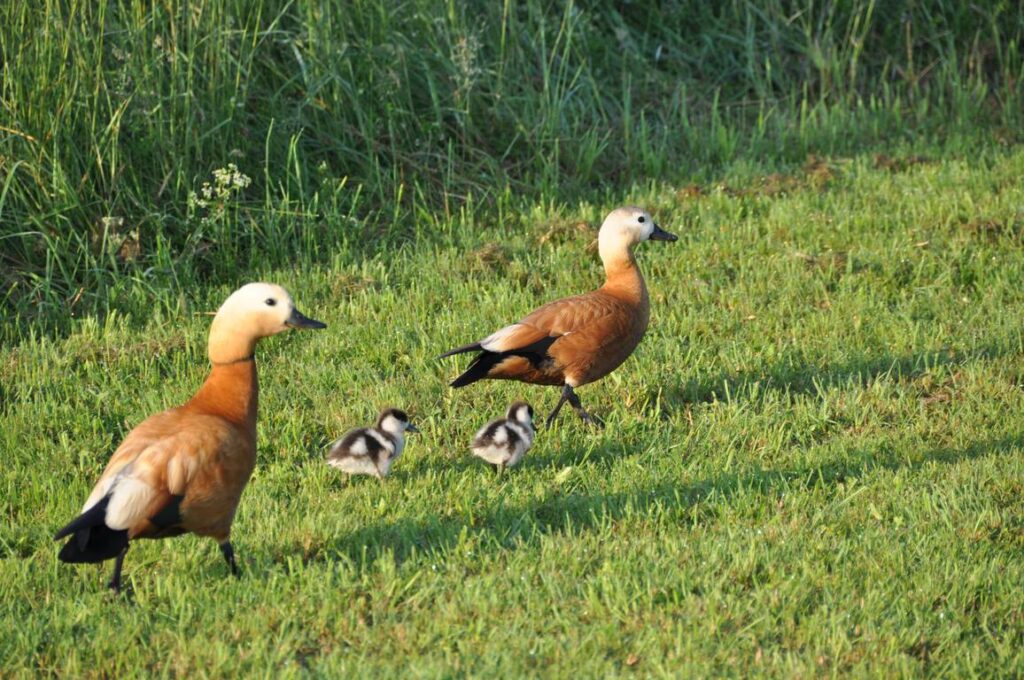
Biodiversity
In parts of golf courses where you don’t want to hit your golf ball – the “rough” and “out of bounds” areas – exist complex vegetation zones of long grass and dense, often native, shrubs which enjoy little to no human intervention. These areas are a critical habitat for a wide array of animals such as small insect-eating birds, reptiles and ground-dwelling mammals. Greater leaf litter accumulation and lower soil compaction mean these areas also have healthier soils with more biological activity.
Many golf courses also have large, old native trees and expanses of dark vegetated habitats away from the city lights. These habitats are critical for nocturnal animals such as bats, as well as many birds and invertebrates.
Sustainability
In relation to the golf course environment, sustainability means fostering nature, conserving resources, taking climate action and having a social responsibility to the wider community.
- Ecosystem enhancement, species conservation and preventing pollution all contribute to biodiversity.
- Best management practices for water, energy and material use promote the conservation of resources.
- Reducing emissions from machinery and vehicles and maximizing natural areas on the golf course to increase carbon storage assists in mitigating climate change.
- And engaging the golfing and non-golfing population in the golf course environment to increase awareness of golfs value for the whole community is an important part of sustainability.
